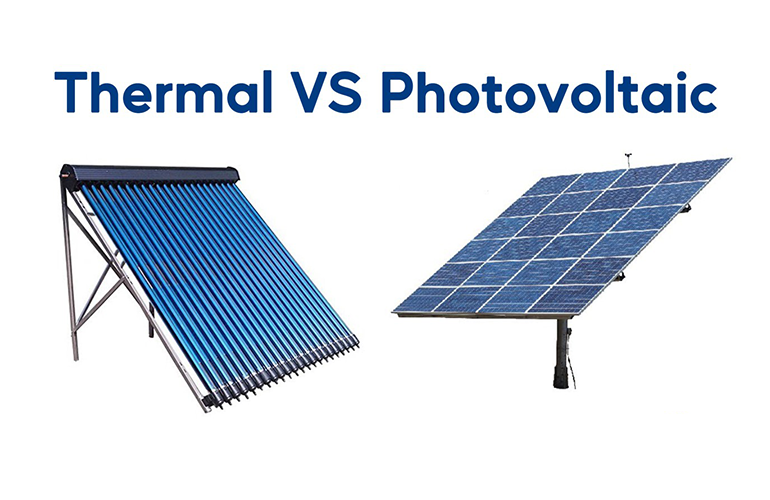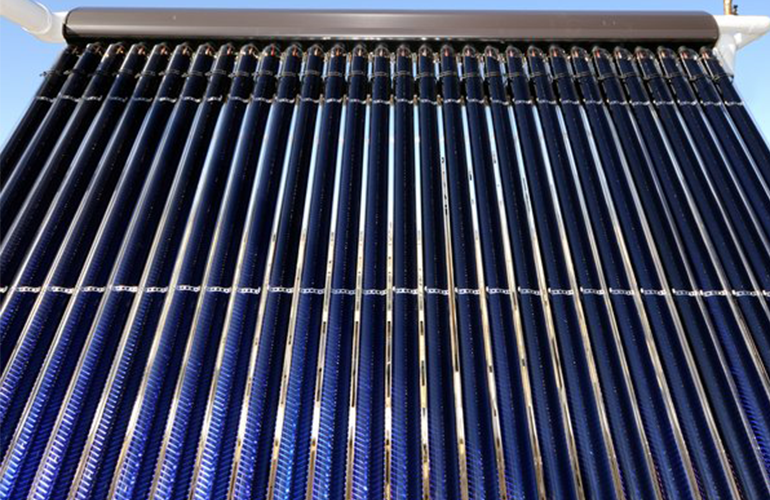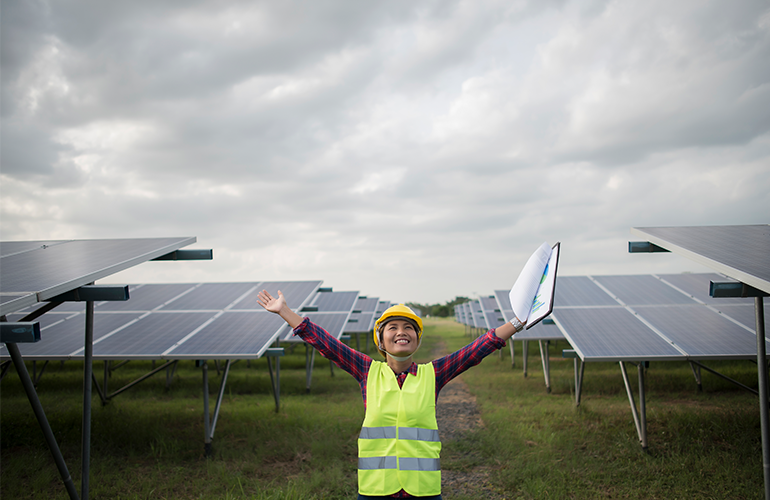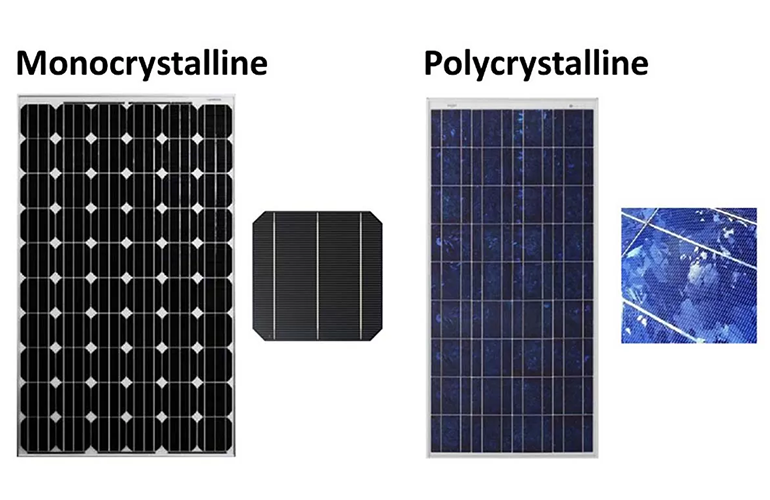In the quest for renewable energy, solar power stands out as a frontrunner, offering a clean and abundant source of energy from the sun. However, within the realm of solar energy, there are two primary technologies: solar photovoltaic (PV) and solar thermal. While both harness the power of sunlight, they do so in different ways and serve distinct purposes. In this blog post, we’ll delve into the differences between solar PV and solar thermal technologies to help you make an informed decision about which option best suits your needs.
Solar Photovoltaic (PV)
Solar PV technology converts sunlight directly into electricity using semiconductor materials such as silicon. When sunlight strikes the PV cells, it creates an electric current, which can then be harnessed to power electrical devices or stored in batteries for later use. Here are some key features of solar PV systems:
Versatility: Solar PV systems can be installed on rooftops, ground-mounted arrays, or integrated into building materials like solar shingles. This versatility makes them suitable for both residential and commercial applications, as well as off-grid or grid-connected setups.
Scalability: Solar PV systems can be easily scaled up or down to meet specific energy requirements. Whether you’re looking to power a single household or an entire industrial complex, PV systems can be tailored to suit your needs.
Low Maintenance: Solar PV systems require minimal maintenance, with no moving parts to wear out. Routine inspections and occasional cleaning are typically all that’s needed to keep the system running efficiently for decades.
Quick Installation: PV systems can be installed relatively quickly, with most residential installations completed in a matter of days. This means minimal disruption to your daily routine during the installation process.
Solar Thermal
Solar thermal technology, on the other hand, captures the heat from sunlight to generate hot water or space heating. Unlike solar PV, which produces electricity, solar thermal systems directly heat water or air using solar collectors. Here are some key features of solar thermal systems:
Hot Water Production: Solar thermal systems are commonly used to provide hot water for domestic or commercial purposes. By circulating water through solar collectors, the sun’s heat is absorbed and transferred to the water, which can then be stored in a tank for use when needed.
Space Heating: In colder climates, solar thermal systems can also be used to provide space heating for buildings. Solar collectors can be integrated into heating systems to supplement or replace traditional heating sources like boilers or furnaces.
High Efficiency: Solar thermal systems can achieve higher efficiencies than solar PV systems for certain applications, particularly when used for heating water or air. This makes them a cost-effective option for reducing energy consumption and utility bills.
Seasonal Variability: Unlike solar PV systems, which generate electricity year-round, solar thermal systems may experience reduced performance during periods of low sunlight, such as winter months or cloudy days. Proper sizing and system design are crucial to ensure adequate hot water or heating supply throughout the year.
Choosing the Right Option
When deciding between solar PV and solar thermal technologies, it’s essential to consider your specific energy needs, budget, and site conditions. Solar PV systems are ideal for generating electricity for residential, commercial, or off-grid applications, offering versatility, scalability, and low maintenance. On the other hand, solar thermal systems excel at providing hot water or space heating, offering high efficiency and cost savings for certain applications.
Ultimately, the best choice depends on your unique circumstances and energy goals. Whether you opt for solar PV, solar thermal, or a combination of both, harnessing the power of the sun is a sustainable and environmentally friendly way to meet your energy needs while reducing your carbon footprint. By choosing solar energy, you’re not only investing in a cleaner future but also reaping the benefits of renewable energy for years to come.




